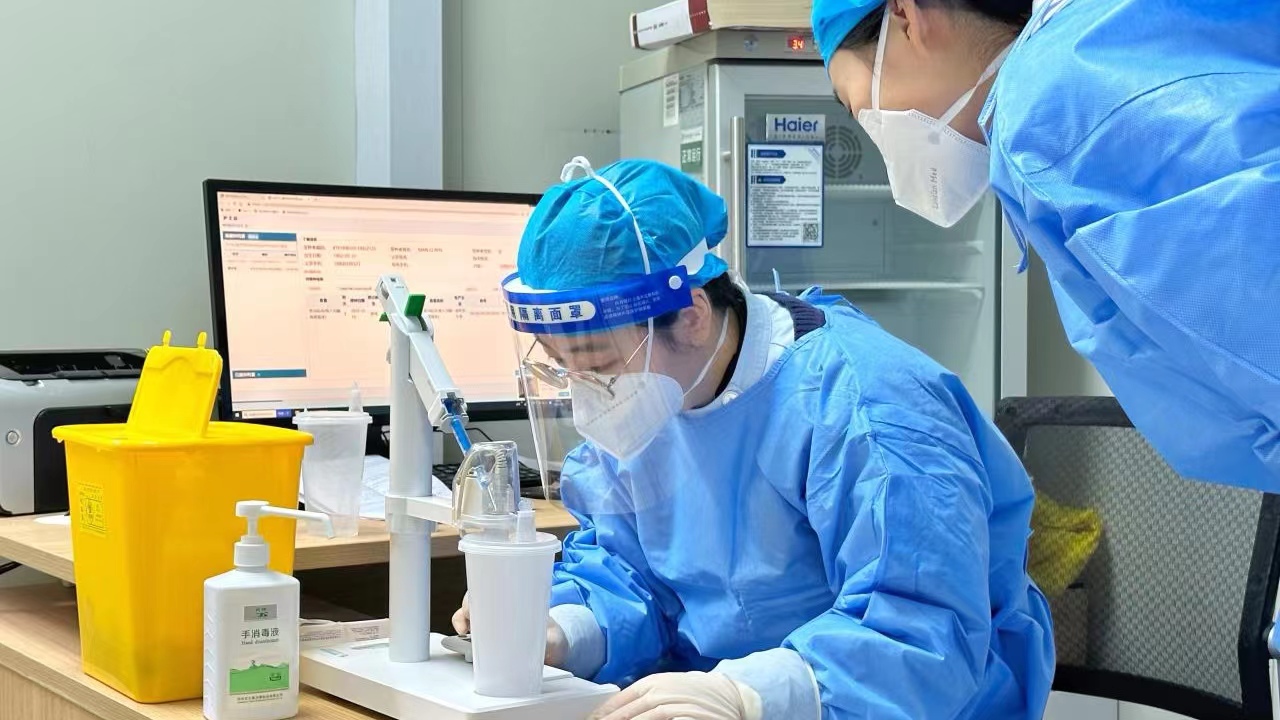
Chinese Ambassador to Rwanda, Wang Xuekun
On January 8, China announced that it would classify COVID-19 as a Category II infectious disease and take corresponding management measures. The gist of the move is to shift the focus of work from “prevention of infection” to “protection of health and prevention of severe diseases”, so as to maximize the protection of people’s life safety and physical health, and mitigate the impact of the epidemic on economic and social development. This represents a dynamic optimization and adjustment of strategy on epidemic prevention and control made by China in a new situation.
Three years after the outbreak of COVID-19, China’s epidemic prevention and control measures have incessantly undergone dynamic optimization and adjustment, in response to ever-mutating virus strains and epidemic situation. These optimization steps prove to be prudent, scientific and effective, and have helped China withstand multiple rounds of impact of the global epidemic.
In past three years, China has won valuable time windows for its epidemic prevention efforts. The toxicity of COVID-19 virus strains continued to decline, drug research and development and medical treatment capacity were further enhanced, and the vaccination rate of the whole population exceeded 90%. All these have paved way for China to adjust its epidemic prevention and control measures.
Lowering the level of prevention and control of COVID-19 by no means imply that China will let the epidemic go. The Chinese government has made a comprehensive deployment for epidemic prevention and control, focusing on the following aspects: firstly, to further improve the vaccination rate of the elderly and administration of the second dose of enhanced vaccines among the high-risk population; secondly, to put medical resources in place, including fever clinics and beds for inpatients and sever patients; thirdly, to treat patients according to the severity of the disease; fourthly, to carry out health surveys and class-based services for key social groups; fifthly, to strengthen epidemic prevention in key institutions such as elderly care institutions, social welfare institutions, hospitals and schools; sixthly, to enhance epidemic prevention and control in rural areas.
In response to China’s new epidemic control strategy, strangely enough, some countries have taken restrictive or even discriminatory measures against Chinese travelers. They justified their moves with “concerns” about epidemic spread and the transparency and reliability of China’s epidemic data. These overreactions run counter to the principles of science, objectivity and fairness, and are not conducive to global cooperation in fighting epidemic. People even have reasons to believe that these overreactions are mere political manipulation.
From a global perspective, China is among the latest countries that relaxed the epidemic control measures, embodying China’s highly responsible attitude towards the life safety of its own people and people around the world. With the vivid memory of a laissez faire epidemic control policy and the induced consequences of certain superpower, it’s fully conceivable what catastrophic consequences would be caused if China relaxed its epidemic control policy while the toxicity of COVID-19 virus has not weakened. To save lives, China has paid a dear price. The preliminary estimate of China’s GDP growth in 2022 is only 3%, a sharp drop from 8.1% in 2021.

Medical staff prepares for inhaled COVID-19 vaccination at Jinshui District General Hospital in Zhengzhou, Photo CFP
Since the outbreak of the epidemic, in a spirit of openness and transparency, China has all along conducted pragmatic exchanges and cooperation with the World Health Organization and other countries around the world. China has jointly held over 300 technical exchange activities on epidemic prevention and control with more than 180 countries and regions, as well as over 10 international organizations, sharing China’s experience in fighting epidemic without reservation. China is frank and open, and has nothing to hide on epidemic prevention and control.
China’s optimization and adjustment of epidemic control measures will not pose risks to the world. According to the information recently released by WHO, the current main epidemic virus strains in China are consistent with the gene sequence of the virus of Chinese infected passengers submitted by other countries, and no new variants or significant mutations have been found.
At present, after a period of intensive infection, most members of Chinese society have recovered. The time for the epidemic to reach its peak and the time for patients to recover haven been relatively short. China’s production and life, including catering, tourism, commerce and all kinds of consumption are returning back to normal. International organizations hold an optimistic outlook for China in 2023. It shows the optimized strategy of China is working to curb the epidemic on one hand, and secure economic development on the other hand.
The epidemic has not yet ended, and countries around the world still need to unite to fight, instead of playing political games. All countries should work together to provide our people with a healthy and open environment.

